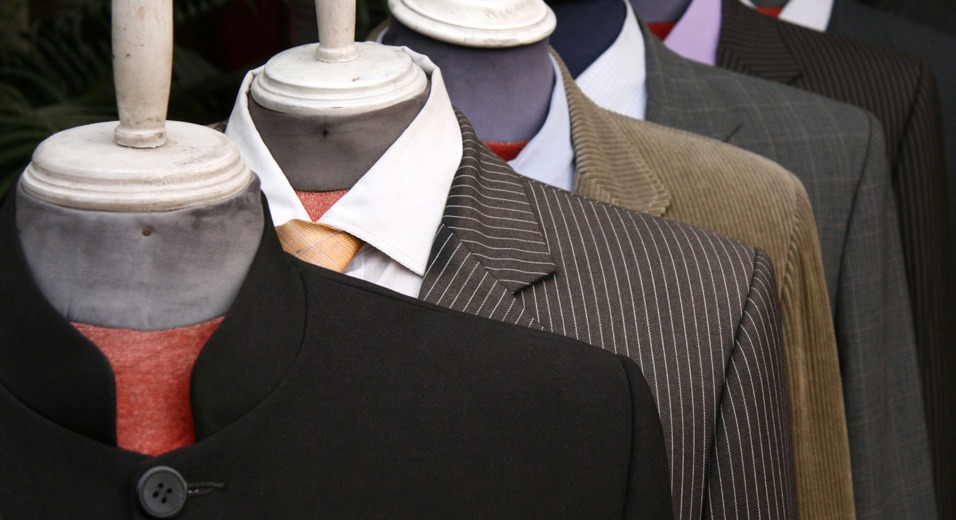You are what you wear! Or are you?
10th March 2021
You are what you wear! Or are you? Do the clothes you wear make a difference in business and is what you wear a direct reflection on your company.
I actually had this conversation with a supplier and a colleague last week and its not the first time I’ve had it. I’ve found over the years it’s quite an emotive subject on several levels and the opinions are so incredibly varied on what’s appropriate and why. For this reason I felt it was worth writing about and giving an opinion.
The conversation was a primarily about whether it was appropriate to wear jeans in front of a client. The two standpoints were, that it was absolutely fine, whilst the other was definitely not. So in short, a wide and passionate gap exists from these two very different people to a certain degree doing the same job – getting in front of the client.
In my mind there has to be more to it than just, what you feel is right. To me there should be some very sound reasons for assessing whether what you wear in your working life is appropriate or not.
As a side note, working in the creative industry I also feel what you wear is in fact very much a part of the brand of your company, and therefore is possibly more important than most people think. It can actually be a way to convince clients about your company’s suitability one-way of the other.
For this reason I do believe the clothes you wear are indeed a direct reflection – good, bad or indifferent – of your business and therefore here are my thoughts on how you can decide what’s appropriate or not.
I feel there are three key aspects that define working dress sense. These are your business sector, your position and your client base.
Firstly, in your business sector, this has a huge theoretical impact because its holds the biggest indicator of – what people expect you to wear.
There are of course the obvious ones such as uniforms. Things you literally have to wear and it should not be missed that a great deal of effort goes into designing uniforms so that they convey all the right messages. To me this means we should certainly take this subject seriously.
But when we are not dictated to, it’s then up to us to decide what we are expected to look like to convey our business sector and our company best.
In the creative industry it’s quite normal, and know one would think any less of you, if you turned up to a new business meeting more casually dressed.
In fact it could be considered a bad move to turn up in a suit. Whilst it potentially would be considered the “right thing to do” your new client may be inclined to feel you are more of a conformist, less of a rebel and therefore not as creative as other contenders.
Secondly your position within the company is also important in how you dress.
Again in the creative industry you can define two types of casual. An Account Director is more likely to turn up in jeans, shirt and smart jacket whilst a creative could easily turn up in a t-shirt. Both are considered casual but each one carefully denotes position within the company and potentially how good or bad you are at your job. Would you trust a Creative Director who dressed like an accountant on your campaign?
Thirdly your client base is also fundamental to denoting the exact specifics of how you dress.
To use myself as an example I have a range of clients in the professional sector in London. They themselves have two very distinctive dress codes depending on whether they are West End or City based.
The City code is suits and ties. The West End is more open neck and they define their regions this way.
To the City, if I were to turn up to a meeting in jeans it would possibly be considered to shabby. To them, a slightly – way from the norm – suit and open necked shirt is possibly as casual as they would like to see. West End clients would expect to see jeans and smart jacket.
Both casual in their own ways.
So there you have it. Three simple guidelines to wearing what’s appropriate and giving clients the right impression about your company other than “you should always turn up in suit”. That may actually be doing you more harm than good.
Wayne Hall – create with impact.




